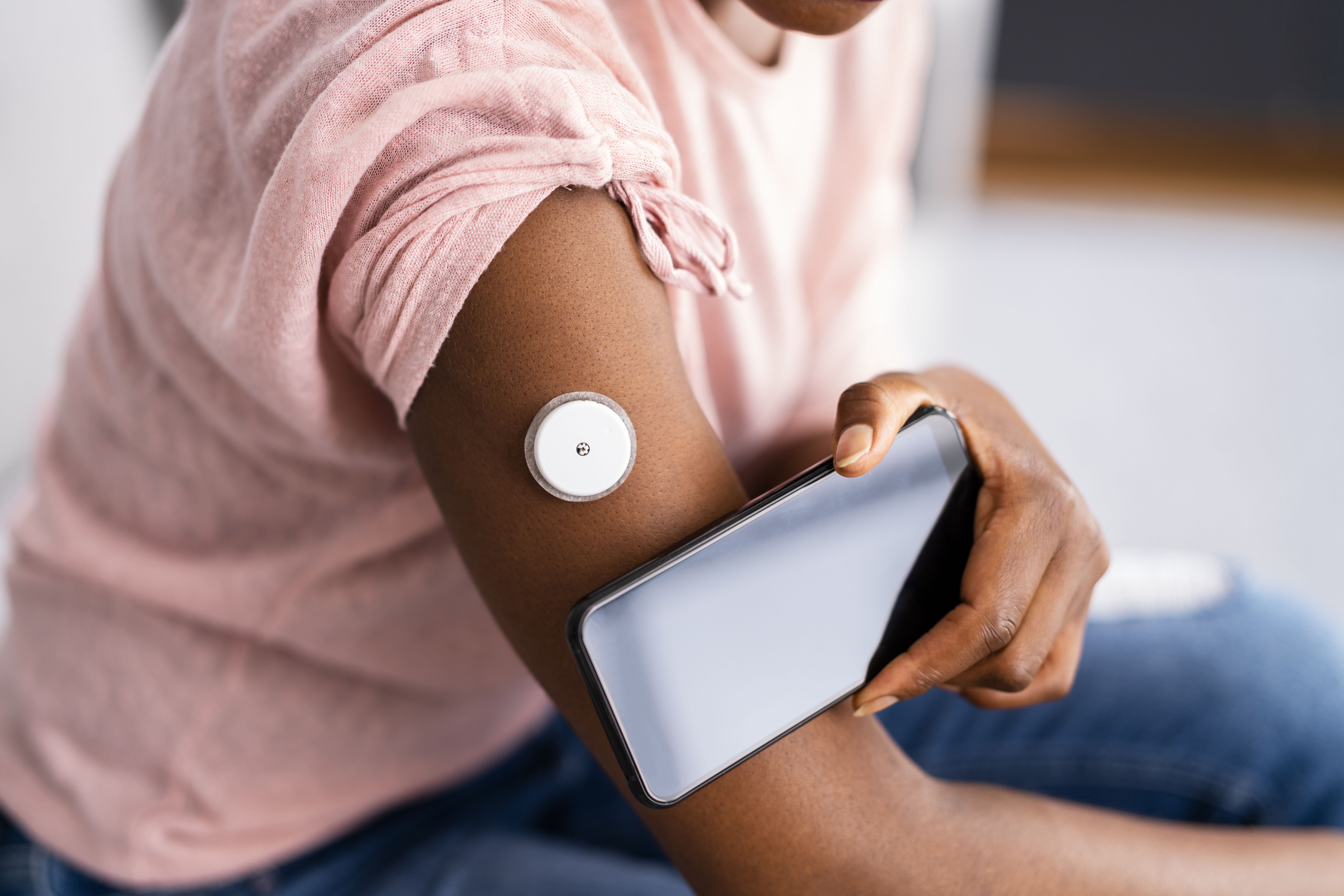About the Author
Dylan DeCandia, PharmD, RPh, is an independent community pharmacist at Richard's Pharmacy in Palisades Park, New Jersey.
News
Article
Author(s):
By involving pharmacists, patients can see improved medication adherence, improved outcomes, and, as a result, reduced health care costs
According to the American Diabetes Association, the total cost for diagnosed diabetes was around $412.9 billion in 2022.1 On top of expensive treatment, comorbidity-related polypharmacy leads to poor patient adherence and therefore worse patient outcomes. Health care professionals often seek cheaper and easier managed alternatives that can still achieve positive outcomes.1
Image credit: Andrey Popov | stock.adobe.com

The Journal of Managed Care and Specialty Pharmacy published a study that shows how to implement continuous blood glucose monitoring (CGM) to improve diabetes outcomes. Researchers discussed how changing some health care policy to accommodate CGM could diminish the economic and physical burden of diabetes.2
Researchers used multiple studies to show that CGM is effective and beneficial in the real world. In one study, “CGM use resulted in statistically significant improvements over BGM (blood glucose monitoring), including a 0.56% reduction in A1c compared with 0.09 for BGM.” Additionally, using CGM results in significant hypoglycemia reduction and fewer hospitalizations among patients who self-treat with insulin.2
To increase access to CGM, researchers believe removing manual prior authorization and allowing automated adjudication in real time will reduce costs. Automated adjudication is referred to as point-of-sale edit and, if implemented, pharmacists can use it to determine a patient's approval or denial of a medication immediately. Current Medicaid services use a 6-month history of insulin usage to determine approval or denial, leading to fewer patients having access to proper care.2
Most importantly, these changes can increase CGM access to the most vulnerable populations. Expert panelists described new plans that pass zero-dollar copay benefits to members, causing an increase in CGM usage in populations affected by social determinants of health. With the removal of prior authorizations for patients, these new plans can improve access to CGM from 1% of insulin-treated Medicare patients in 2021 to 30% by the end of 2022.2 With more access to care and proper treatment, payers will see reductions in health care costs associated with hospitalizations and other emergency treatments.2
Dylan DeCandia, PharmD, RPh, is an independent community pharmacist at Richard's Pharmacy in Palisades Park, New Jersey.
In addition to the medical and economic benefits, increased access to CGM will enhance the role of managed care pharmacy professionals. The researchers emphasized that by involving pharmacy professionals in disease management, patients have the potential for better medication adherence, improved outcomes, and, as a result, reduced health care costs.2
The researchers recommend conducting more studies on total costs when providing CGM coverage compared to not providing CGM coverage. With this, health care professionals can better understand the true benefit of switching to CGM. The researchers also said they believe that payers must work with health care professionals to make more evidence-based decision making for better assessment of cost effectiveness in patients with diabetes. When this changes, patients will see improved health outcomes and payers will see reductions in costs.2
References